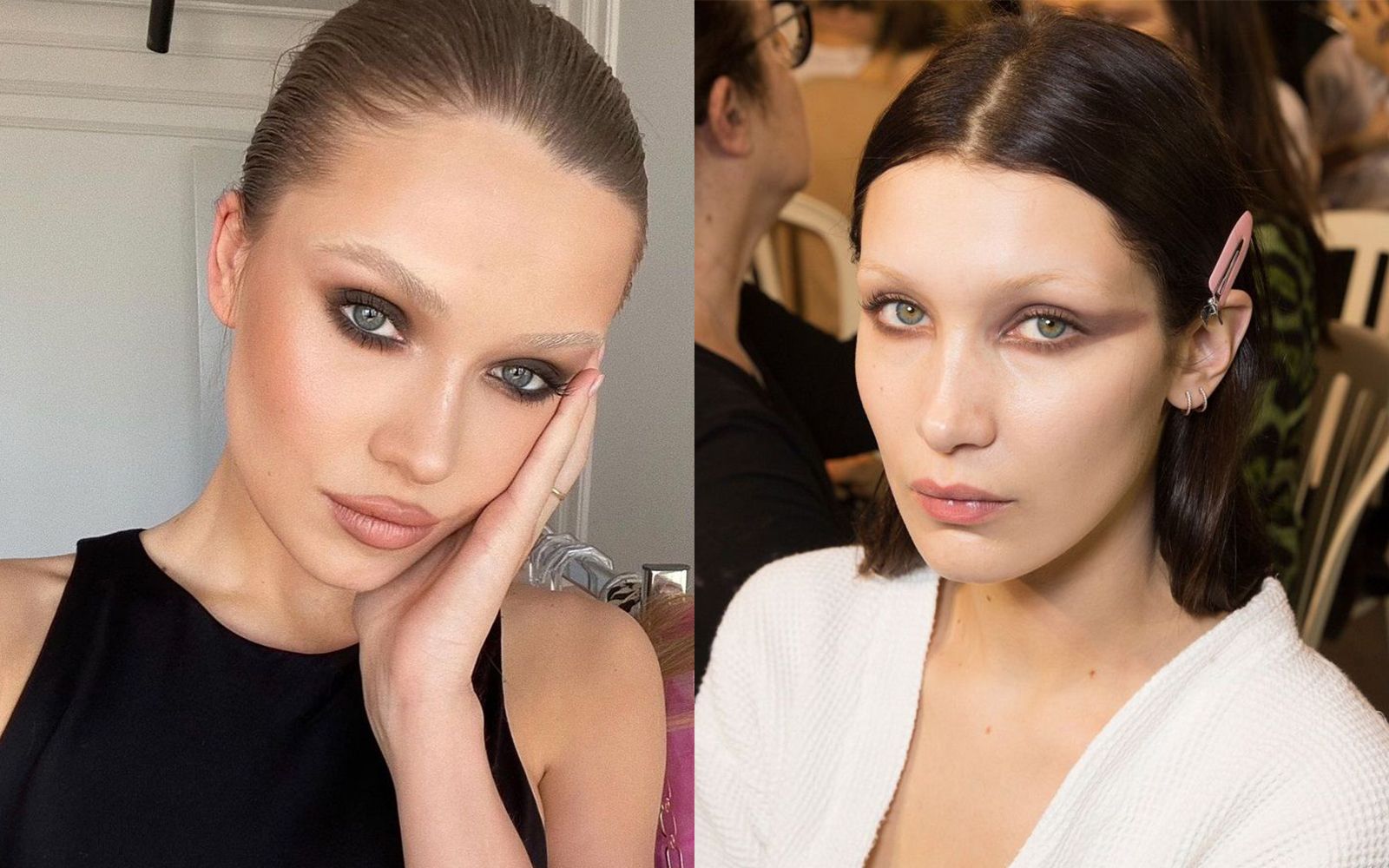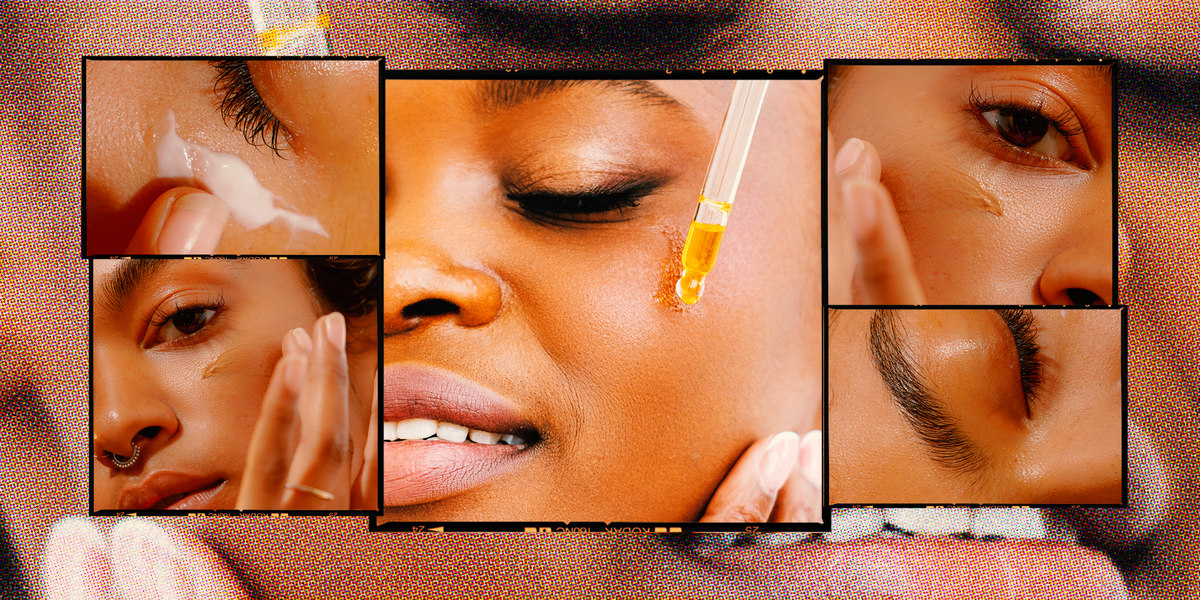Due in great part to the famous women who have gone grey, hair care for women over 40 has never been more popular (and made it a cultural phenomena, no less). Because science is advancing and the beauty industry is realising it needs to adapt to the needs of ageing hair, now is a good moment to look at how you can preserve the thickness and texture of your strands through ageing, extreme hormonal fluctuations, times of high stress, and beyond. What happens to hair as it ages and what you can do to make it more robust for lengths that are fuller, softer, and shinier are discussed by three experts who specialise in hair care for women over 40.
What changes occur to the hair and scalp as we age?

PC- Instyle
The appearance of hair will unavoidably change throughout time. “There’s more shedding and slower hair growth, more frizz and dryness, less volume, and loss of colour in the hair strands resulting in more grey and white hairs,” claims Debra Lin, Ph.D., a hair science specialist and chief scientific officer for the hair care firm Better Not Younger. Along with the effects of ageing, many women are also affected by the menopause transition, which typically happens between the ages of 40 and 55.
“The hormonal changes caused by menopause may alter sebum production, which may worsen scalp dryness and hair brittleness, as well as a potential increase in DHT (dihydrotestosterone) sensitivity, which may be related to hair thinning and hair loss as oestrogen levels fall,” says Lin. Bridgitte Hill, a certified trichologist and the creator of Root Cause Scalp Analysis, cautions that even a slight change in hormone levels can cause the scalp to change permanently.
Hill claims that failing hair follicles are a result of our ageing scalps and a lack of regular scalp management. The skin on our scalps goes through comparable changes as the skin on our faces.
How can one maximise strength and growth?

PC- Best life
It’s critical to take a comprehensive approach to hair health, taking into account good nutrition, scalp care, and strand protection. Developing scalp awareness and responding to your scalp’s basic needs—cleansing, exfoliating, and moisturizing—are essential at any age, but especially as you become older. The hair, according to Hill, “is an extension of the scalp.” The more stable you can keep them, the better the scalp’s microbiota and skin barrier will function and the less likely it is that you will experience undesirable scalp conditions and hair loss. To relieve congestion (such as an accumulation of natural oils and styling products), gently massage your scalp with your fingertips or a brush like Manta’s Healthy Hair Brush. Then, if necessary, thoroughly wash your hair with a moderate shampoo.
The founder of the natural hair website Absolutely Everything Curly and hair scientist Gaby Longsworth, Ph.D., warns against using sulfate-containing shampoos since they can “create and aggravate frizz, dryness, and yellowing of grey hair.”
Following that, using a mild supercharged scalp serum, such Dr. Barbara Sturm’s Anti-Hair Fall or Tonucia Natural Filler Concentrated Youth Elixirs by René Furterer, will help revive the scalp. A light, moisturising leave-in treatment can hydrate and protect your strands while also aiding in cuticle healing and smoothing. However, remember that less is more: Lin suggests “being polite to your hair and scalp and don’t overdo on product.” Lightly applying product to hair or spreading it over your hands before applying it could minimise the possibility that it will weigh hair down and enable reapplication as necessary.
A little product goes a big way! If you haven’t started enjoying your natural grey yet, there are many benefits to transitioning and focusing on enhancing what you currently have. Due to the fact that chemical dyes make hair more brittle and prone to breaking, going more natural can help you keep length and thickness while maintaining a healthy scalp. Last but not least, nutritional supplements and/or a balanced diet can assist supply the important vitamins, minerals, and other building blocks for healthy hair in addition to the energy they need. The meals rich in iron, zinc, vitamin C, B vitamins, and omega-3 are the ones most usually mentioned as contributing to thicker and longer hair. To make up for dietary deficiencies, Longsworth suggests taking a daily multivitamin and collagen supplements; the latter is particularly crucial to consider because your body produces 50% less collagen.
What type of styling produces the most lift and volume in ageing hair?

PC- The right hair style
According to Longsworth, conditioner molecules will penetrate the hair more quickly and thoroughly since grey hairs have more space at the cuticles. In order to avoid or use less strong conditioners and leave-in treatments, she advises women with finer or thinning hair. She goes on to say that people with thin hair are better off giving up definition for volume. “Too much product accumulation will make the hair appear even thinner by weighing it down and causing it to adhere to the scalp. When it comes to producing lift and volume, particularly for longer lengths, not all volumizing products are created equal.
Lin claims that because ageing hair is typically dry, thin, and brittle, products that add volume by roughing up the hair cuticle and drying out the hair may make hair more brittle. Instead, look for products that are developed specifically for the kind and structure of your hair, are lightweight, and won’t make hair feel like straw. Thickening products like Better Not Younger’s Lift Me Up spray or R+Co’s Bleu Magnifier Thickening Spray fast help add volume to hair thanks to volumizing ingredients like biotin.
Of course, boosting volume can also be aided by the use of heat styling equipment, but approach with care. When applied straight to damp hair, Lin cautions, “the heat might stress and damage hair strands.” Lin advises gently towel drying or using a blow dryer at low heat with a heat protectant spray to shield hair from heat while softening and conditioning strands.




